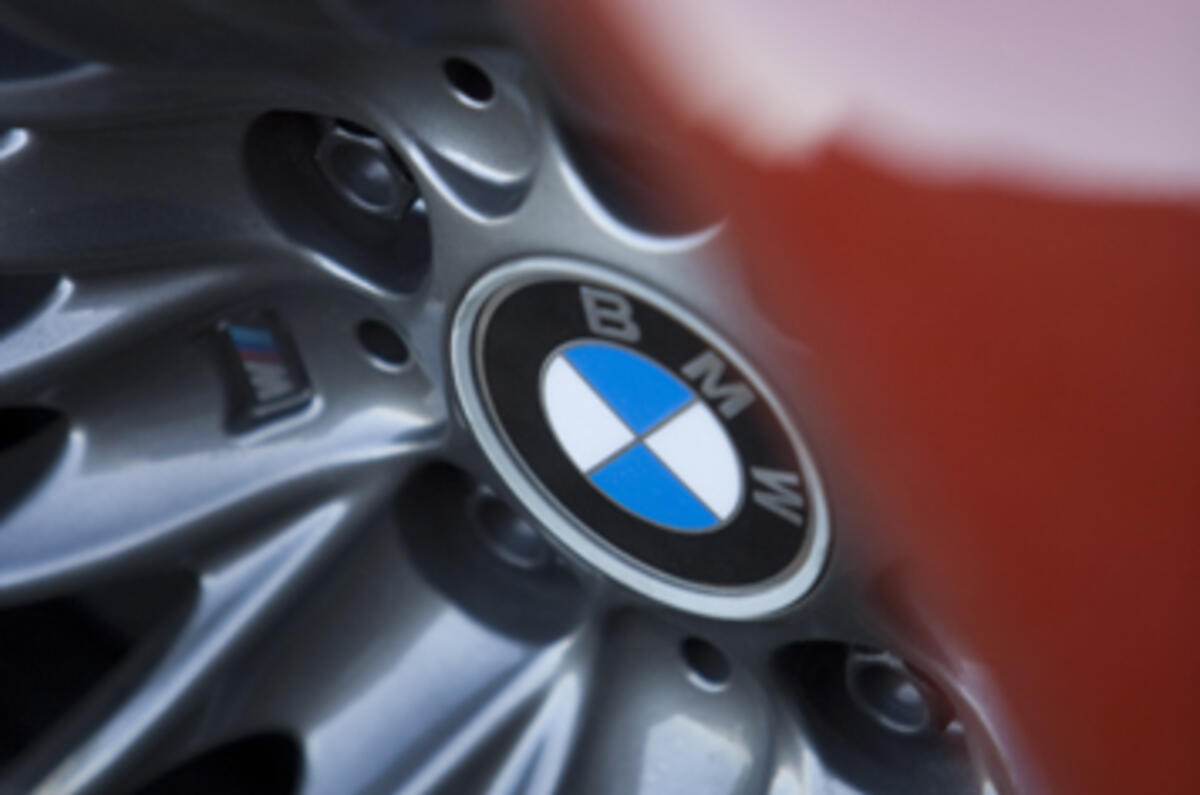BMW's Project i Megacity electric car will be launched in 2013.
It will be a full five-seater in the Golf class, it will be rear-engined and rear-wheel drive, establish a new design language for electric cars and will be constructed from lightweight carbonfibre. However, it is expected to feature signature BMW design features, such as the kidney grille and Hofmeister kink.
The Megacity will also be marketed under its own brand, and will eventually feature a range of cars, including sports versions.
BMW believes that it has developed a radical, lower-cost, mass-market-compatible means of producing carbonfibre monocoque bodywork that will dramatically reduce the Megacity's potential weight, improving not only its range but acceleration too.
Its range is anticipated to be around 160 miles, aided by its aerodynamic efficiency and carbon bodywork that's expected to represent a breakthrough in terms of both cost and mass production potential, both aspects usually relegating the material to low-volume, high-priced models.
Like the Mini E, the Megacity will feature unusually high levels of deceleration when the throttle is released in order to enhance battery regeneration, although the effect is expected to be slightly less pronounced.
The enhanced regenerative braking of the Mini E is contributes as much as a 20 per cent improvement in range on the city cycle, and BMW is keen to carry as much of that benefit over to the Megacity as possible.
Its powertrain will be closely based on the second-generation electric drive system used in the BMW 1-series coupe-based Active E hybrid, which is more efficient in terms of range, acceleration and battery packaging than the system used in the Mini E.
Unlike some electric car pioneers, BMW plans to sell the car complete with its battery, the high cost of the powerpack offset by the high residual value it will have as a result of the second life usage it will receive as an energy store for power companies, it believes.
Electricity generators will harness these used electric car batteries to provide additional energy supply during moments of peak demand on the national grid, the batteries still capable of holding as much as 85 per cent of their charge after several years' usage in EVs. Nissan is planning a similar role for its used EV battery packs. BMW also says it is experimenting with a new electric version of its defunct C1 electric scooter, whose concept it believes could be revived with electric propulsion.




Join the debate
Add your comment
Re: New BMW city car in 2013
With 6 batteries in line, a 3 modes DSC (on, DTC, off), it could be a good proposition.
Re: New BMW city car in 2013
Just the ticket would be a discretely updated Z13 lookalike.